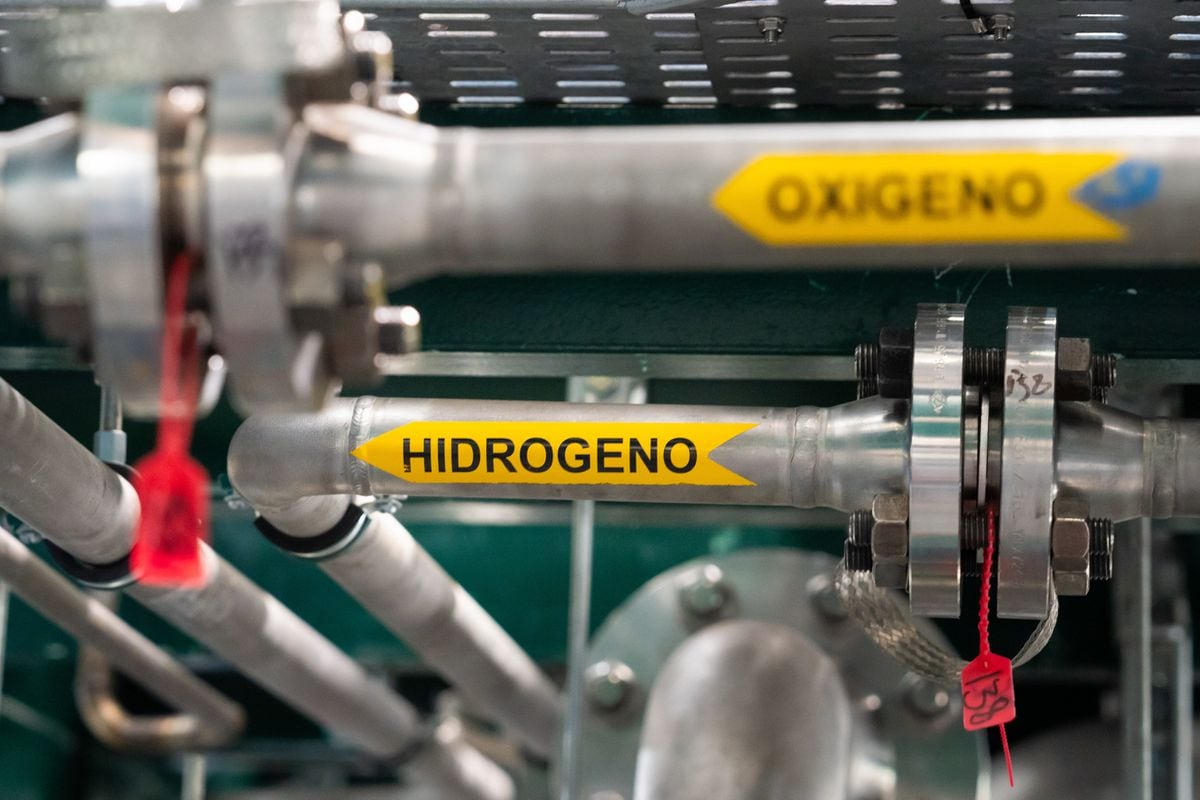Those of us who are committed to promoting innovation and science and building the future through the transformative power of private capital must scrutinize every project we invest in. After a rigorous and lengthy selection process, we select truly innovative investment opportunities. Fashions are of no use to us who are devoted to the management of family property. Although we analyze trends, we must look at strategic sectors, services or products that provide long-term profitability.
Our money is patient and our ultimate goal is not only to seek financial returns but also to make an impact on a social basis. An example closely linked to economics is decarbonisation, global energy and environmental change. In this transition from the current energy model towards something cleaner and renewable, few agents play as vital a role as green hydrogen. For a few years now, we’ve been experiencing a real explosion in its role as a source of sustainable and clean alternative energy. In fact, the latest report Hydrogen intelligence 2023 highlights the huge growth of projects in the sector and represents a total increase of 35% investments between May 2022 and January 2023.
Looking around our country, the statistics speak well of its impact. There are more than 125 projects in different stages of planning and implementation across Spain, involving an investment of 26,000 million euros. Behind them are the names of big companies like Maersk, DH2 Energy, Cepsa, Enagás, Naturgy, Repsol or Iberdrola.
One of these projects is HyDeal Spain, which is part of a European initiative involving France and Germany, which aims to obtain nearly seven million tons of green hydrogen over the next two decades. The hub, which houses Arcelor Mittal, Enagás and DH2 Energy, will make our country a benchmark in the development, transport and use of green hydrogen in the industrial sector.
However, despite being an excellent sustainable alternative in the propulsion field, its practical application faces important obstacles, such as its low energy density per unit volume, which translates into the large space it occupies; high pressures required for storage; Leaks are possible due to its small molecular size confusion or shrinkage in containers used for transportation and storage.
Faced with this problem, scientific research, driven by public and private investment, has found an innovative solution: green ammonia. A sustainable alternative to traditional ammonia production, which is derived from fossil fuels. Hydrogen from water and nitrogen from air can transport energy more easily and efficiently when transferred through chemical bonds than other possible energy vectors. Producing it has numerous environmental benefits, but also financial benefits.
Beyond its functions as compost, a raw material for chemicals or revolutionizing ocean transportation and capable of generating heat and electricity, reducing greenhouse gas emissions, the real innovation lies in its potential as a primary energy source. Energy vector: It is capable of storing energy and releasing it when needed. Green ammonia, although a hydrogen derivative, has a high energy density per unit volume, which allows it to be stored more efficiently, avoiding high pressure. Also, since it is non-flammable, it does not present explosion hazards and can be easily transported. Innovation and science are at the service of man to create a more livable and sustainable world.
And, of course, a profitable investment in a market with great opportunities. In fact, a report by consulting firm McKinsey forecasts global demand for green ammonia to reach 30 million metric tons in 2030, a significant increase from the 2 million metric tons produced in 2020.
The same report notes that the sustainable ammonia production process can reduce production-related costs by up to 20% compared to traditional ammonia production. Thanks to renewable energy sources such as wind or solar energy that are cheaper than fossil fuels.
A market taking its first steps is estimated to reach $300 million by 2022, according to Markets and Markets Statistics. It is projected to cross $70 billion by 2032 and is poised to grow at a CAGR of 72.6% during the forecast period of 2023 to 2032.
However, solid, strategic business plans that truly recognize the potential of green ammonia are essential for forecasts and estimates to become reality and plans to meet ambitious European targets. And, of course, they must be financially accompanied by investment and government measures that encourage these new energies and make Spain a leading, pioneering and sustainable country.
Manuel Fuertes He is the CEO of Kiat
Follow all the information Five days Inside Facebook, X Y LinkedinOr nuestra newsletter Five day program
_

